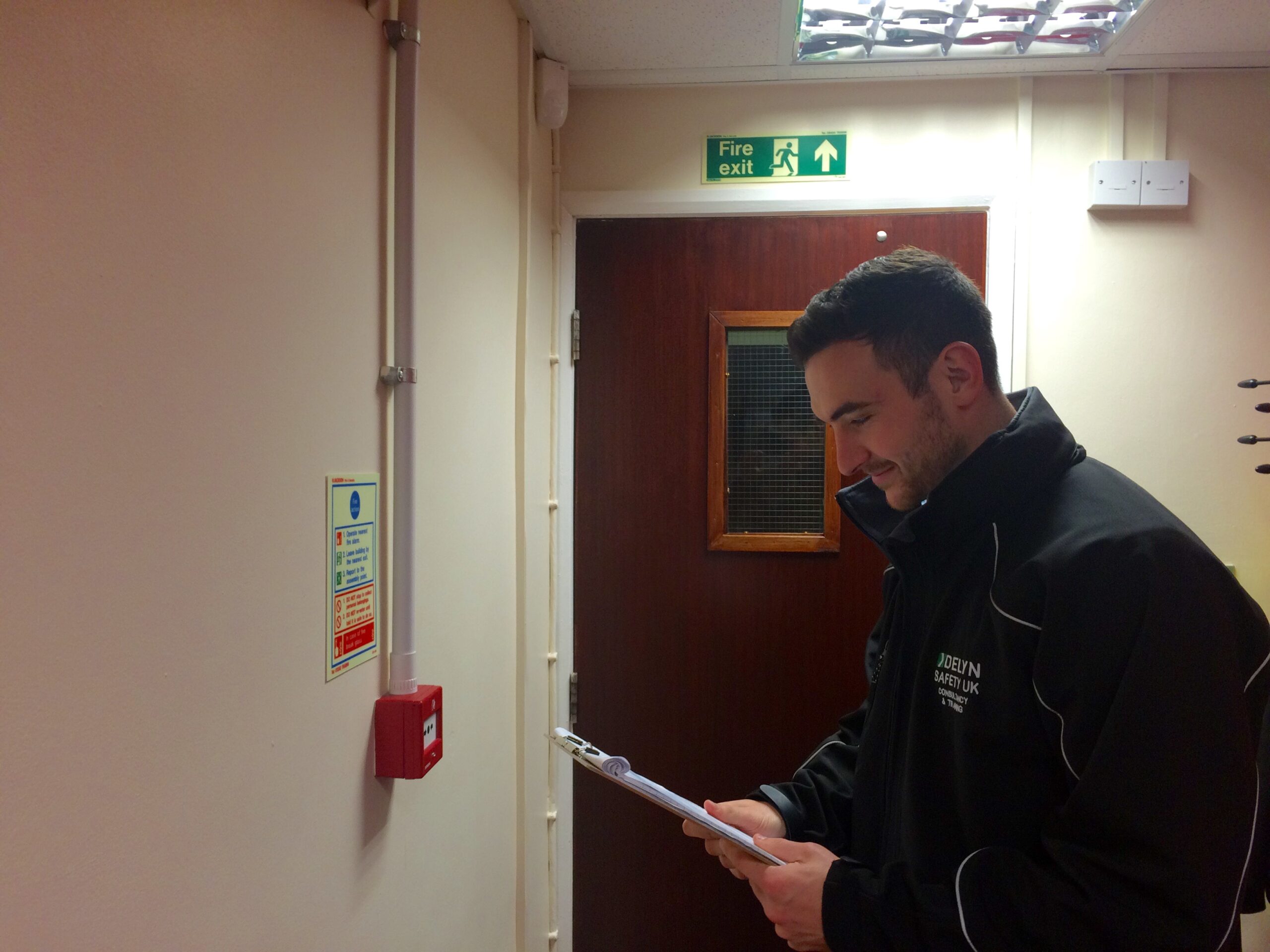Have you ever been involved in a fire risk assessment in any capacity? Perhaps you’ve completed one, asked somebody to do one on your behalf or contributed by answering questions? If so, you may be familiar with the HSE’s 5 step approach for assessing risks in your workplace:
- Identify the hazards
- Decide who might be harmed and how
- Evaluate the risks and decide on precautions
- Record your significant findings
- Review your assessment and update if necessary
